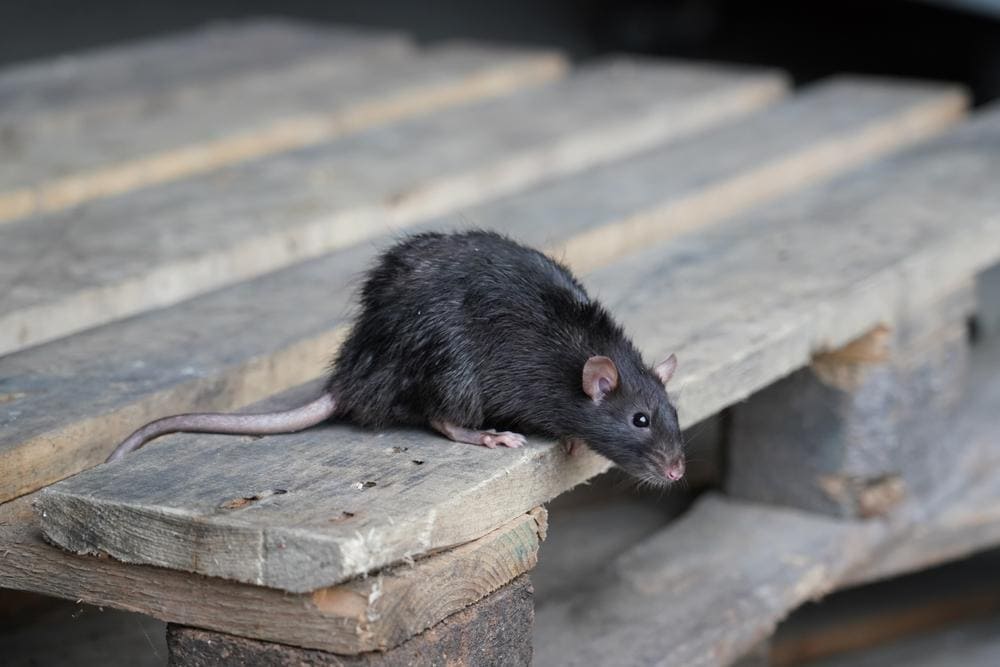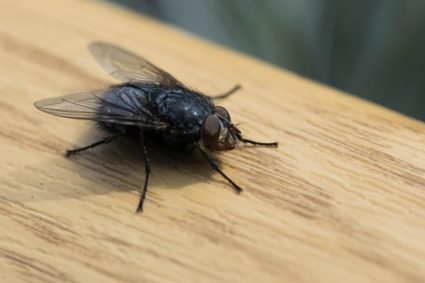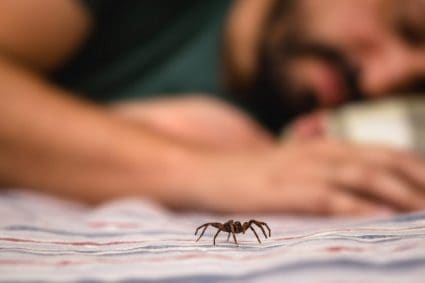
Rats are a common problem in many households and buildings. Not only can they cause significant damage to your property, but they also pose serious health risks. This comprehensive guide presents effective methods to keep rats away, from identifying signs of a rat infestation to implementing preventative measures and solutions.
To keep rats away effectively, identify signs of an infestation such as droppings, gnaw marks, and nests. Prevent rat infestations by sealing gaps and cracks in your home, removing food sources, maintaining cleanliness, deploying traps, and using natural repellents like peppermint oil. If an infestation already exists, remove food sources and nesting materials, seal entry points, use traps and natural repellents, and monitor the situation regularly. For severe infestations, seek professional help.
Identifying Rat Infestations
Before implementing any rat prevention methods, it’s essential to know if you have a rat problem. Here are the most common signs of a rat infestation:
- Rodent droppings: Fresh droppings are dark and moist, while older ones are gray and crumbly.
- Foul odor: A stale smell, similar to ammonia, coming from hidden areas can indicate an active infestation.
- Gnawed holes or bite marks: Rats chew on materials like plastic and wood, leaving damaged materials and large holes in floorboards and walls.
- Rub marks: Rats may leave dirt or grease marks along walls and floorboards as they travel.
- Tracks and runways: Rats leave tracks in grass and low vegetation, which act as foraging paths.
- Nests: Rats use materials like shredded paper, fabric, or dried plant matter to make their nests. Nests can be found in lofts, attics, beneath floorboards, and other dark, infrequently visited locations.
- Scratching noises: Rats are most active during the night, so you may hear scratching sounds as they move around.
Preventing Rat Infestations
Prevention is the best method to keep rats away. Here are some effective preventative measures:
Seal Gaps and Cracks
Rats can enter your home through small gaps and cracks in the walls, floors, and foundations. It’s important to seal these gaps with materials like steel wool, caulk, or metal mesh to prevent rats from entering.
Remove Food Sources
Rats are attracted to food sources. By keeping your home clean, storing food in airtight containers, and disposing of garbage regularly, you can effectively deter rats.
Maintain Cleanliness
Rats are less likely to inhabit clean and well-maintained spaces. Regular cleaning, particularly in food preparation and storage areas, can help prevent rat infestations.
Deploy Traps
Traps can be an effective method to control rat populations. Bait the traps with high-aroma foods like peanut butter, hot dog pieces, or chicken.
Use Natural Repellents
Natural repellents can deter rats without causing harm. These include peppermint oil, eucalyptus oil, and citronella oil. Apply these to cotton balls or spray them in areas where rats are present.
Seek Professional Help
If your DIY efforts fail or the infestation is severe, consider hiring a pest control professional. They have the tools and expertise to handle rat infestations effectively.
Dealing with Rat Infestations
If you already have a rat infestation, here are some steps you can take to handle it safely:
Inspect for Signs
Look for signs of rats, such as rodent droppings, gnaw marks, and nesting materials.
Remove Food Sources and Nesting Materials
Keep your home clean and remove any potential food sources and nesting materials.
Seal Entry Points
Close gaps and cracks in walls, floors, and around pipes to prevent rats from entering your home.
Use Traps
Place traps in areas where you’ve noticed rat activity. Bait the traps with high-aroma foods like peanut butter, hot dog pieces, or chicken.
Consider Natural Repellents
Some home remedies, such as peppermint oil, ammonia, and mothballs, can help deter rats.
Monitor and Maintain
Regularly check traps and replace bait as needed. Keep your home clean and well-maintained to prevent future infestations.
Seek Professional Help
If your DIY efforts fail or the infestation is severe, contact a pest control professional for assistance.
By implementing these effective methods, you can keep rats away from your home and protect your property from damage. Remember, the key to successful rat prevention is early detection and prompt action.
Frequently Asked Questions
What are some common diseases that rats can transmit?
Rats can transmit a variety of diseases, including Hantavirus, Leptospirosis, Rat-Bite Fever, and Plague. These diseases can be spread through direct contact, bites or scratches, or even through the inhalation or ingestion of rat urine, droppings, or saliva.
Can rats chew through metal?
Rats have strong teeth that allow them to chew through many materials, including soft metals like aluminum and copper. However, they cannot easily chew through hard metals like steel, which is why it’s recommended to seal gaps and cracks with materials like steel wool or metal mesh.
What time of year are rats most active?
Rats are active year-round, but they tend to seek shelter indoors during colder months. Therefore, you might notice more rat activity in your home during fall and winter.
Are rats more active during the day or night?
Rats are nocturnal creatures, which means they are most active during the night. This is why you might hear scratching noises or notice other signs of rat activity during the night.
Can rats climb walls or swim?
Yes, rats are excellent climbers and swimmers. They can climb walls, pipes, and fences, and they can swim in sewers and drains. This ability allows them to access many areas in your home or building.
Can pets help keep rats away?
While some pets, like cats and certain breeds of dogs, might deter rats, it’s not a reliable or safe method for rat control. Pets can be at risk of diseases transmitted by rats, and they can also be injured by rats. It’s best to use the prevention and control methods discussed in this guide.












